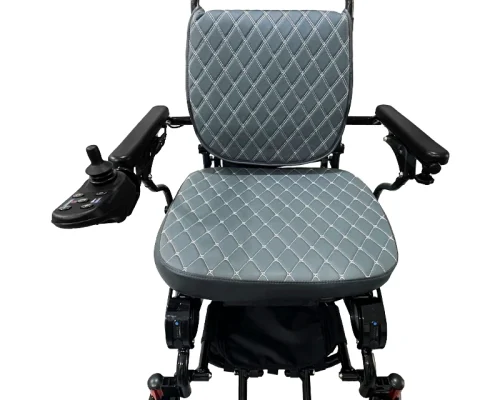What is Autism Sensory Therapy?
Autism Sensory Therapy, also known as Sensory Integration Therapy or Sensory-Based Therapy, is an approach used to help individuals with autism spectrum disorder (ASD) manage sensory sensitivities and improve their ability to process and respond to sensory information.

Sensory Challenges in Autism
People with autism often experience difficulties in processing sensory stimuli, such as sounds, sights, smells, textures, and movements. They may be oversensitive (hypersensitive) or under-sensitive (hyposensitive) to certain sensory input, which can lead to sensory overload or withdrawal. This can result in anxiety, meltdowns, or difficulty engaging in everyday activities.

Goals and Principles of Sensory Therapy
Sensory therapy aims to address these challenges by providing a structured and controlled environment where individuals can gradually learn to tolerate and interpret sensory information. It involves engaging in various activities that stimulate the different sensory systems, including touch, sight, hearing, taste, smell, and movement.

The Role of Occupational Therapists
The therapy sessions are typically conducted by occupational therapists who are trained in sensory integration techniques. They create a therapeutic environment with specially designed equipment and activities that promote sensory exploration and integration.
Types of Sensory Activities
The therapy includes a range of activities targeting different sensory modalities. These activities are tailored to the individual’s sensory preferences and sensitivities. Some common types of sensory activities include:
- Deep pressure activities: Providing deep pressure through techniques like rolling on a therapy ball, using weighted blankets, or receiving deep pressure massages.
- Vestibular activities: Engaging in movements that stimulate the vestibular system, such as swinging, spinning, rocking, or using therapy swings.
- Proprioceptive activities: Involving movements and exercises that stimulate the muscles and joints, promoting body awareness and coordination.
- Auditory activities: Exposing individuals to various sounds, using headphones or noise-canceling devices, or engaging in music therapy.
Structured Environment and Individualized Approach
The therapy sessions are conducted in a safe, structured, and predictable environment to help individuals gradually adapt and regulate their responses to sensory stimuli. The activities and techniques used are customized to address each individual’s specific sensory preferences and sensitivities.
Sensory Therapy as Part of a Comprehensive Approach
Sensory therapy is just one approach among many interventions used to support individuals with autism. It is often combined with other therapies, educational interventions, and support strategies to address the broader range of challenges associated with autism spectrum disorder.






































